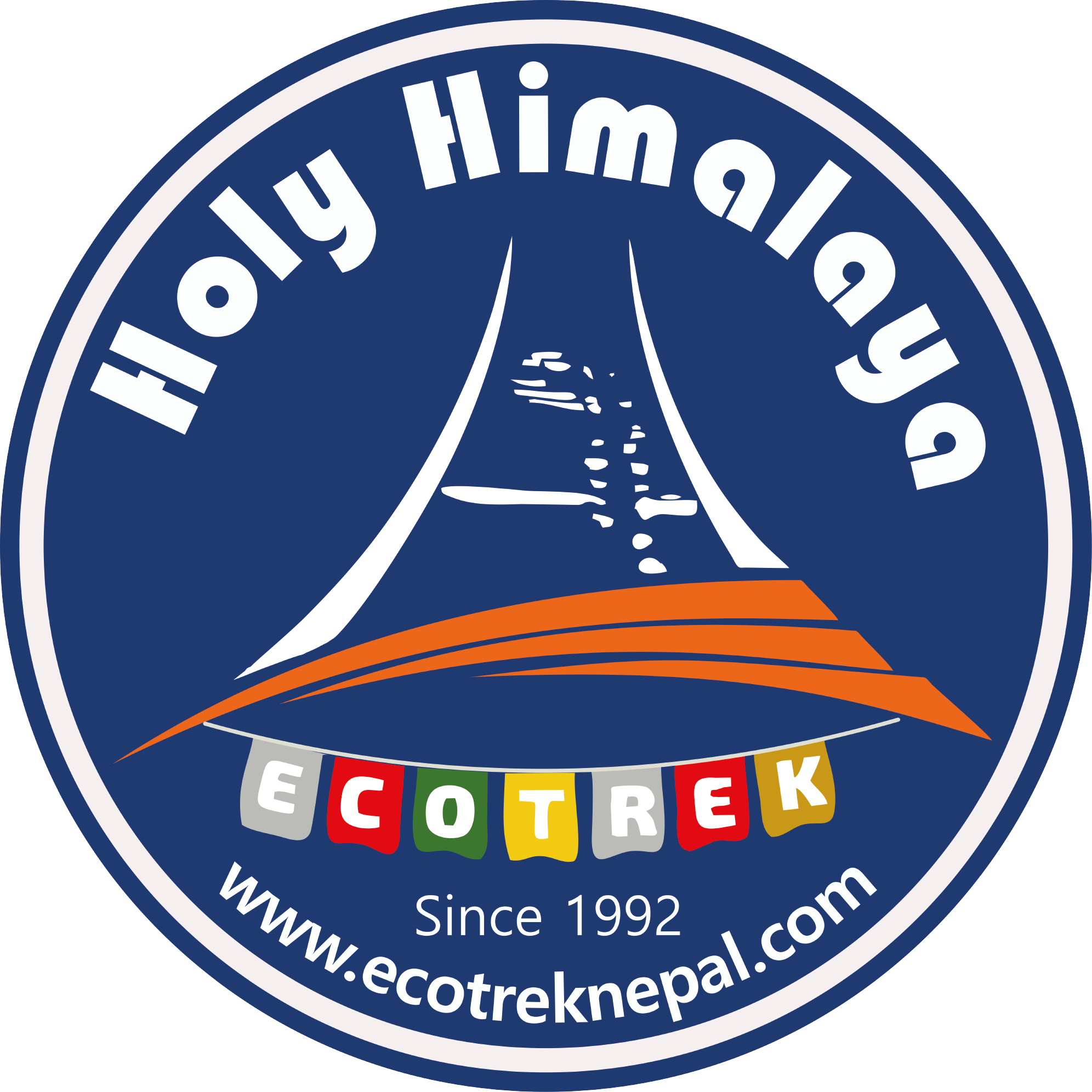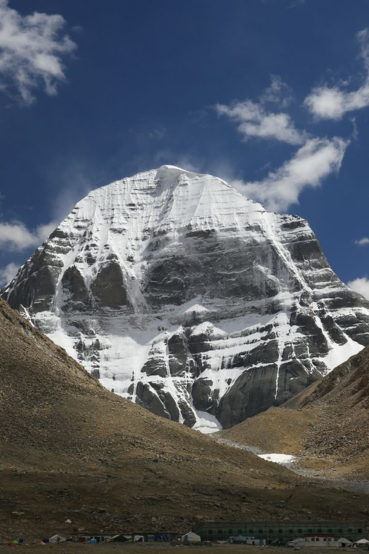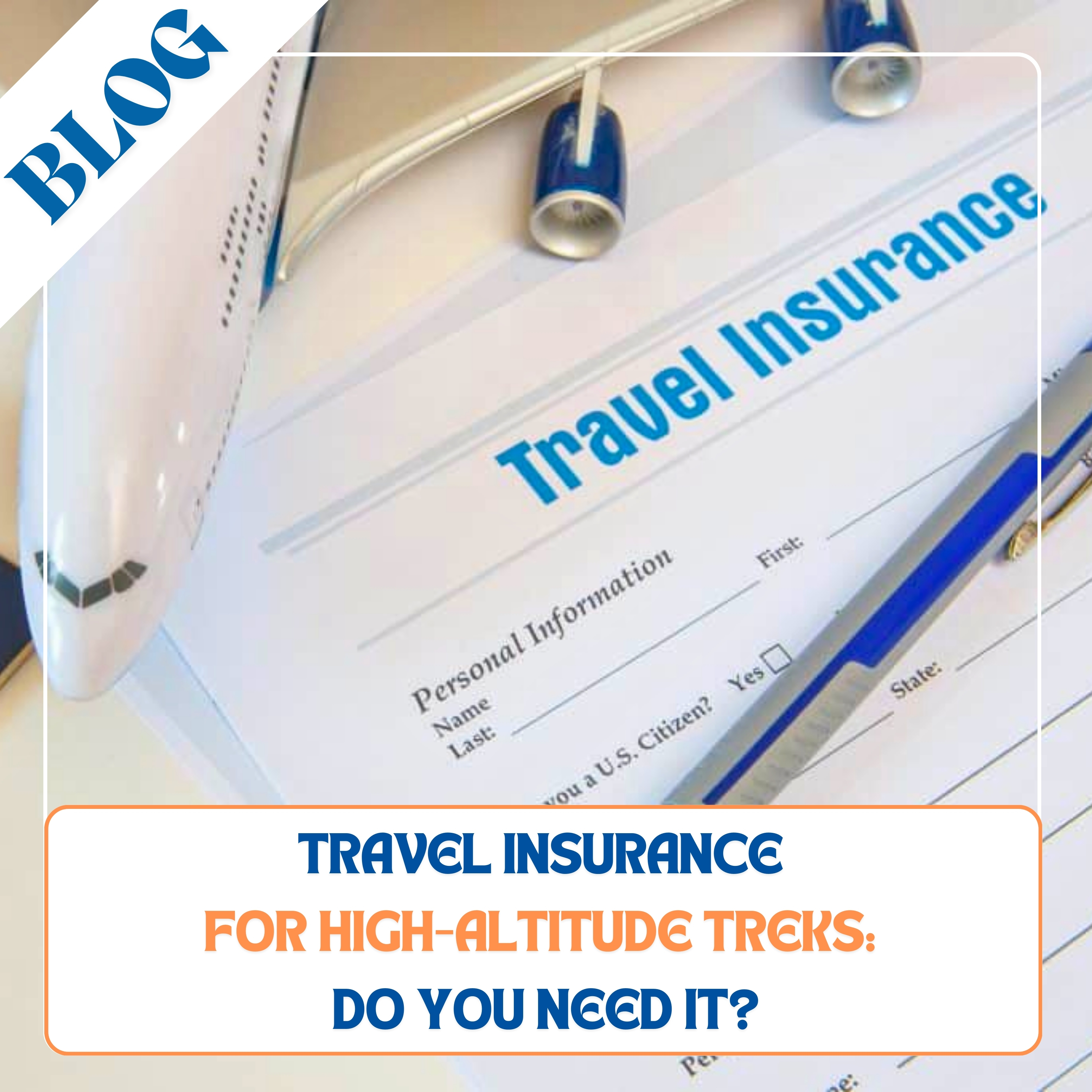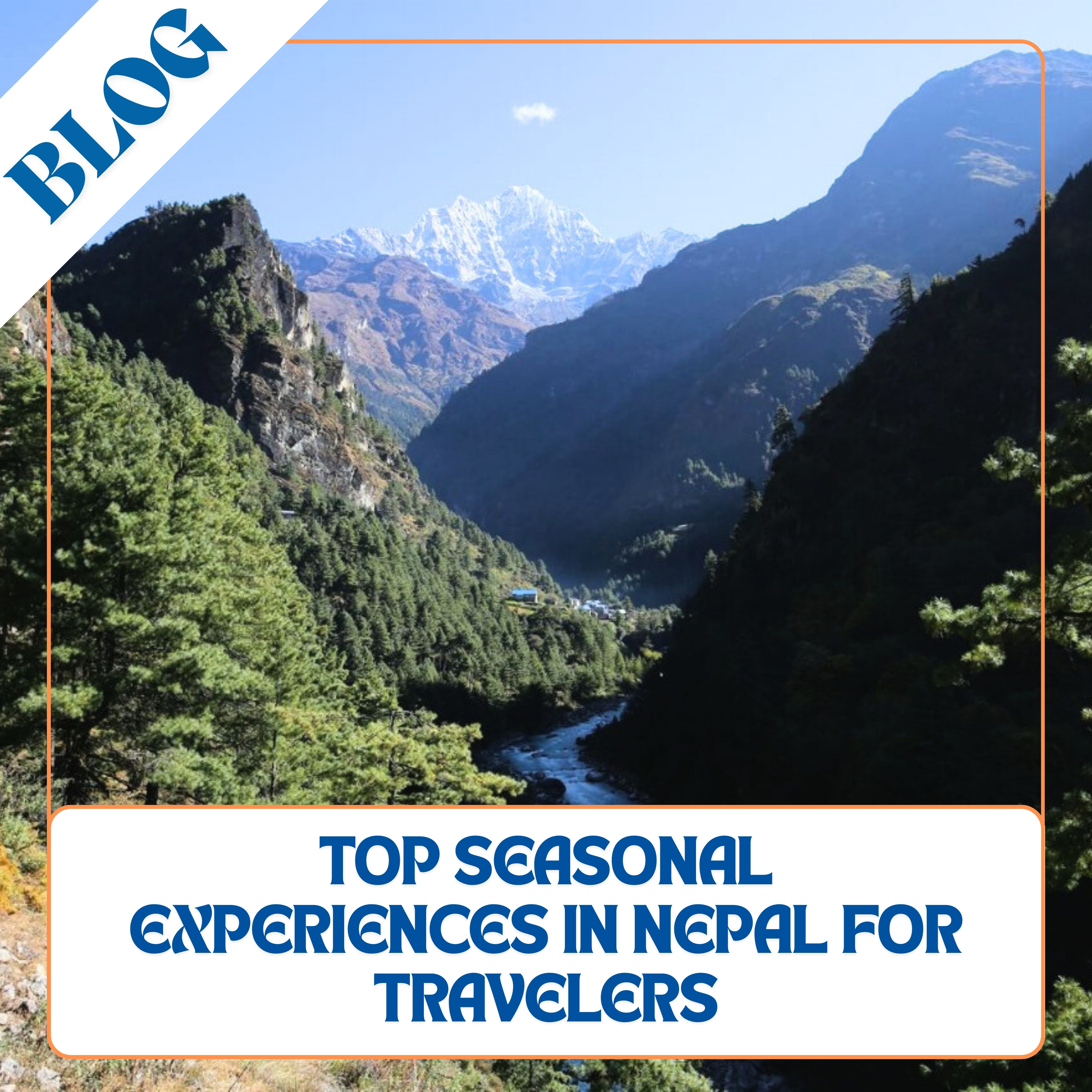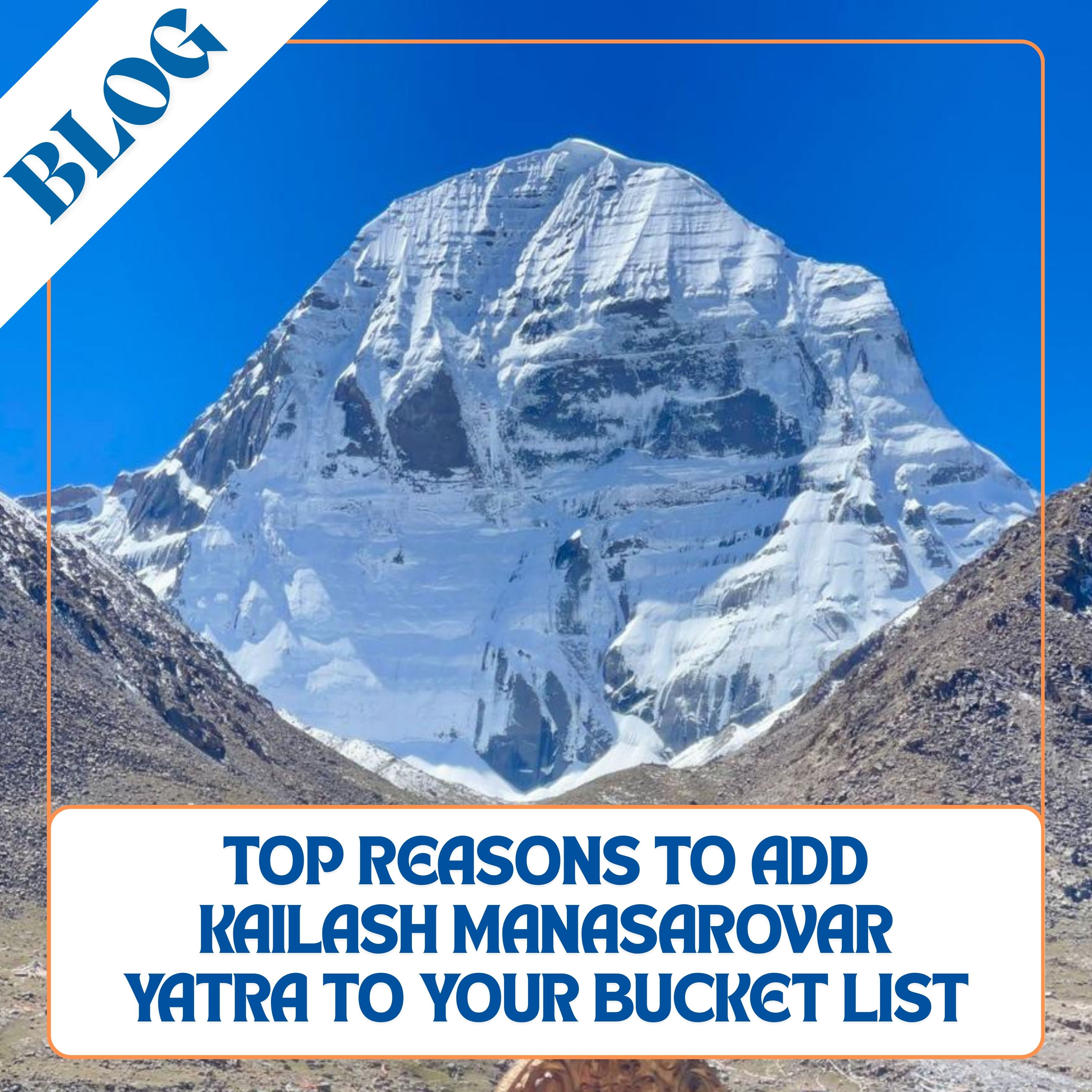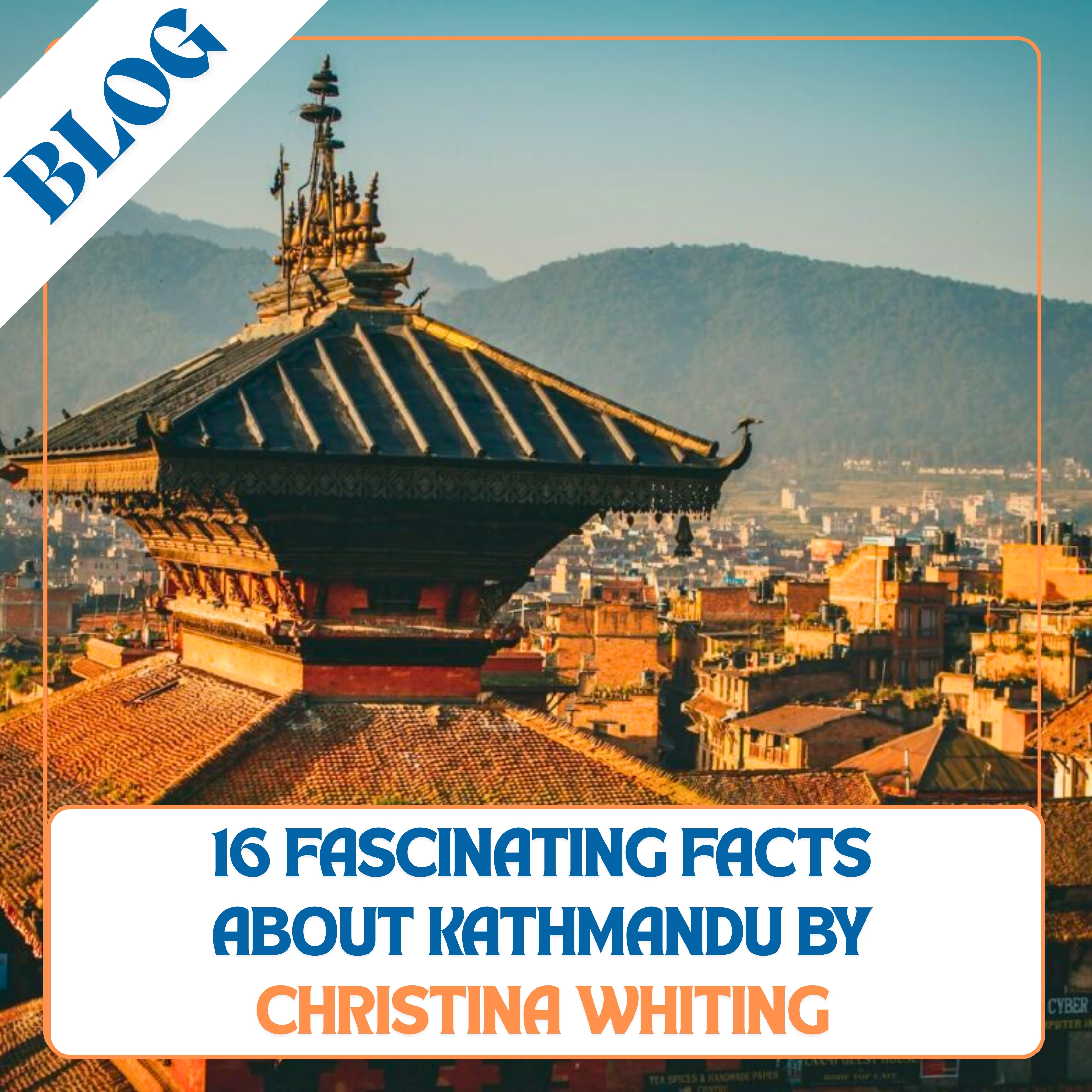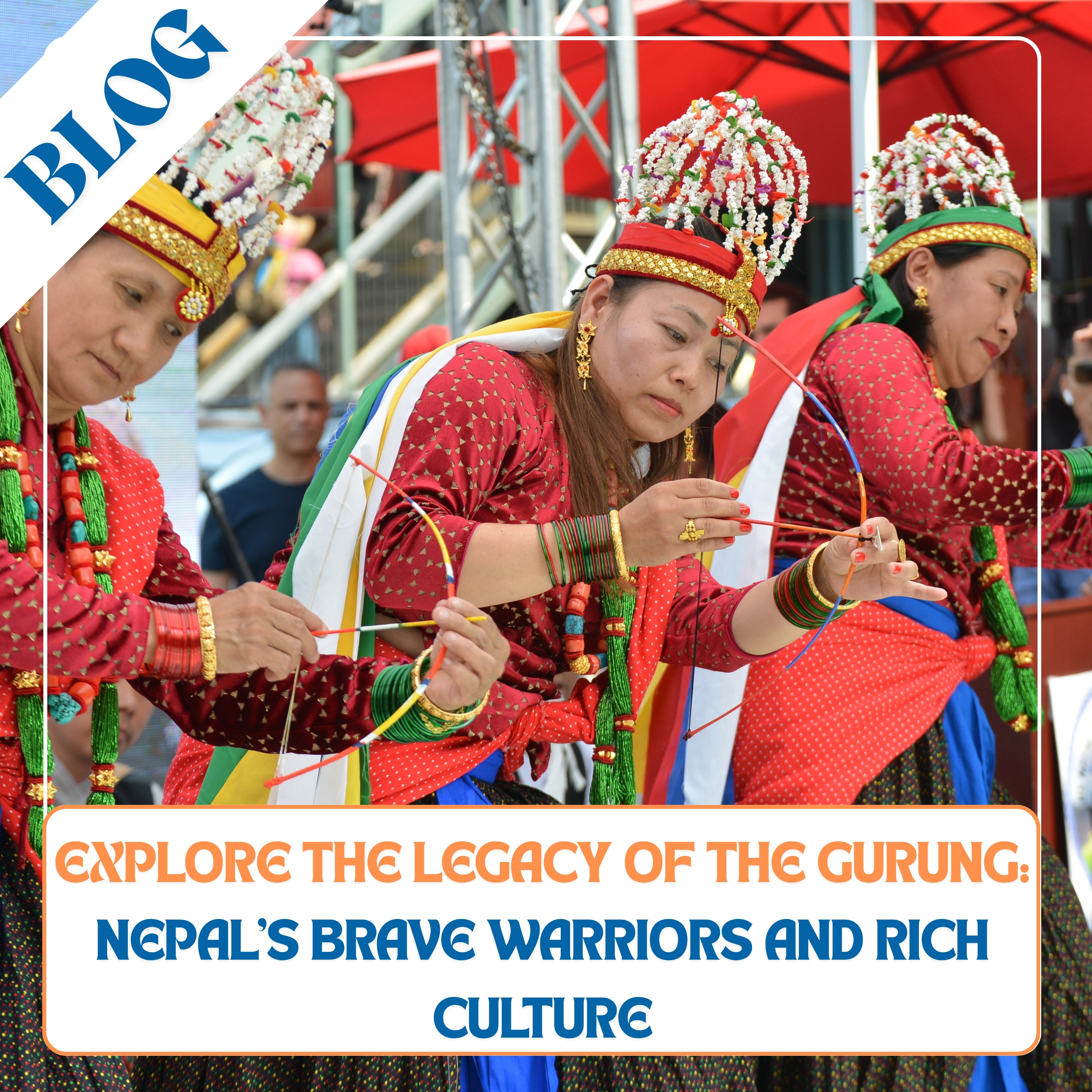Mark was so close to Everest Base Camp when it happened. He made one wrong step on the ice, and snap, and his ankle twisted. He fell to the ground in pain, unable to move. The closest help? Miles away. A helicopter rescue? That would cost thousands of dollars. Without insurance, he was stuck with a massive bill and a ruined adventure.
So, here’s the big question: Do you need travel insurance for a high-altitude trek, or is it extra money taken out of your pocket? Many trekkers think I’ll be fine! —until they’re not. The mountains are unpredictable. Altitude sickness, injuries, or even bad weather can turn a dream trip into a disaster.
Having the right insurance means you don’t have to worry. It covers emergencies, medical costs, and even helicopter rescues. In this guide, we’ll break it all down so you can decide if it’s worth it.
Why High-Altitude Trekking Can Go Wrong
Trekking in the mountains is amazing but let’s be real—it’s not all sunshine and perfect trails. Even the strongest hikers can get altitude sickness once they go too high. One minute, you’re feeling great and the next, you’re dizzy, nauseous or struggling to breathe. If it gets worse, you might need a helicopter to get out and that’s ridiculously expensive.
Then there’s the weather, which has a mind of its own. You could start your trek under clear blue skies and wake up to a snowstorm the next morning. Landslides, avalanches and sudden storms can delay or even end your trek early. The mountains don’t care about your plans!
And speaking of plans, flight cancellations are a huge headache—especially if you’re flying to Lukla for an Everest trek. Bad weather often grounds flights for days, leaving you stuck in Kathmandu and losing money on hotel bookings and permits.
Oh, and don’t forget about lost or stolen gear. Picture this: you save up for the perfect trekking boots, only for them to disappear at a teahouse. Or maybe your backpack, camera or even passport goes missing. Not fun!
Trekking is a lifetime experience, but then it is full of surprises-some good, some bad. And the best way to enjoy it? Be prepared for everything!
What Does High-Altitude Travel Insurance Actually Cover?
The biggest reason to get travel insurance? Helicopter rescues. If you get injured or really sick in the mountains, there’s no hospital nearby. A rescue flight can cost $5,000–$10,000 and without insurance, that money comes straight out of your pocket.
And then, of course, there is the hospital care. Whether treatment in Nepal, India, or even back home, medical bills pile up fast. Insurance helps you cover that cost so you can focus on getting better rather than worrying about money.
Trip cancellations and delays are also common. If bad weather cancels your flight to Lukla or an emergency forces you to cancel your trek, insurance can help you recover some of your money. Just check the details—some policies cover more than others.
What if your gear gets lost or stolen? Some policies will cover lost trekking boots, backpacks or other items, but there’s usually a limit on how much they’ll pay. It’s always good to double-check.
Before buying new insurance, see if your existing policy (health, home or annual travel insurance) covers high-altitude trekking. Upgrading your current plan is often cheaper than buying a brand-new one.
Most importantly, make sure your insurance covers the altitude you’re trekking to. Some policies don’t include high-altitude adventures, so read the fine print. The last thing you want is to think you’re covered—only to find out you’re not when you need it most!
How to Pick the Right Travel Insurance for Trekking
Not every travel insurance is created the same, so you need to check a few things before buying.
First, look at the altitude limit. Many insurance plans only cover up to 4,000m, but treks like Everest Base Camp go above 5,300m. If your policy doesn’t cover that height, it won’t help when you actually need it.
Next, make sure it includes helicopter rescues. If you get sick or injured, a helicopter might be the only way to get you down. Without insurance, this can cost up to $10,000! Some policies don’t cover it, so read the details carefully.
If you have asthma, diabetes, or other health conditions, check your insurance coverage for treatment while trekking. Many companies do not pay for pre-existing problems unless they're notified in writing beforehand.
Check whether your policy covers trekking itself. Most of the policies do not include adventure activities in default. In this case, you will require extra coverage for it. In particular, when your trek requires steep climbs or any special gear.
A good insurance plan should protect you from real trekking risks. Take a little time to check the details now and you’ll save yourself a lot of stress later!
Common Mistakes & Misconceptions About Travel Insurance
One common mistake people make is thinking, “I’m fit, I don’t need insurance.” Even the fittest trekkers can get altitude sickness so being healthy doesn’t make you immune to it. High altitudes can affect anyone.
Another big mistake is assuming, “My credit card insurance covers it.” Sadly, most credit card insurance only covers basic stuff and doesn’t include things like high-altitude trekking or helicopter rescues. It’s important to check the details and make sure you’re covered for everything you need.
Some people also think, “I’ll just pay for a rescue if needed.” But helicopter rescues can cost up to $10,000 and you might not even have cash on hand in an emergency. It’s risky to rely on paying out of pocket when things go wrong.
General Advice: Before buying travel insurance, take the time to read through different options. Understand what’s covered and what’s not. If you’re unsure, ask an expert who knows about adventure travel. Don’t forget to tell them about any health conditions you have—it’s better to be honest to avoid problems later on. Being prepared now can save you a lot of trouble down the road!
Worth It or Not?
The short answer is: YES, you definitely need travel insurance when going on high-altitude treks but it's worth finding the right one. Real risks are involved and proper coverage can save a lot of hassle and money.
Take your time to compare a few different options and select one that works best for your trek. Always better safe than sorry!
And, hey, it's way cheaper to get insurance than to rent
